
It’s strange to think about how our world used to be inhabited by massive monsters known as dinosaurs. In fact, it almost seems surreal. Fossilized proof exists underground, to show us that those beasts truly did own this land before our kind took over, thus removing any doubt. Finding these phenomenally interesting links to the past is a driving force in the lives of many who have established themselves as paleontologists. Their drive to dig-up fossilized bones at excavation sites around the world has helped our species evolve on an intellectual basis. Furthering that is the fact that it’s also given us an interesting basis for films and interactive entertainment – something that is brought to realization with Fossil Fighters: Champions for the Nintendo DS.
At the onset of this child-friendly experience, players are shown a rather tense encounter involving two children and a creature known as an Allosaur. The kids’ innocent exploration of a high-set hill, leads to a scare-filled chase as the angry beast becomes aware of his guests. Luckily, a televised and idolized hero by the name of Joe Wildwest, rescues the two from apparent death. His flying mount aids in the rescue, but the group doesn’t flee for complete safety until they put an end to angry giant’s rampage. The resulting battle acts as a tutorial, which sets the stage for a battle-filled adventure that obviously took some notes from Nintendo‘s other collection-heavy series, Pokémon.
Taking a step away from the high-tension opening, it’s important to note that the Fossil Fighters series focuses on its own collectible creations. Referred to as vivosaurs, they’re essentially elementally-themed dinosaurs, who come in varying forms. Much like the aforementioned genre giant, the goal is to discover as many of these as possible, in order to form a great team for battle. However, there is major difference to be found here, as the game employs a fossil collection system. Instead of throwing a capture ball at a randomly encountered creature, the player must scour different lands using a radar device. Its blips show the location of buried bones.
Once a fossil is dug up, the touch-screen can be used to bring its past form to life. However, it’s not as simple as pressing a button or tapping an icon. An in-depth fossil chipping mini-game ensues, with a time limit. Two different tools are at your disposal, in the form of a powerful chisel and a finesse-capable drill. Using those two instruments, the player must carefully chip away at core and underlying rock, which both surround the skeleton. The chisel has a rather large area of effect and the most power, making it helpful in the attempt to clear out harder rock at the attempt’s beginning. Though, once the main stuff is away, the drill becomes important in order to carefully get rid of the thin layer that remains. Swiping across without letting the drill sit in one location for too long, is the best way to go about things.

In real life, a damaged specimen is not treated the same way as one which is perfectly intact. The game does a good job of replicating that by forcing its fans to hone their rock-breaking skills into a near-perfect art. If the red damage meter surpasses the middle line before the blue quality meter does, then the bones become waste. Additionally, that same blue meter’s rise ends up determining the experience point value awarded to your resurrected vivosaur. The closer you are to one hundred, the closer to leveling up the ally is. Thankfully, helpful fault lines can be discovered with the chisel, granting players the opportunity to break over fifty percent of the rock away in just two or three exact hits. Its aid is quite welcomed, despite the odd touch-screen detection issue which finds its way into this breaking mechanic.
Those who are new to the franchise, much like myself, can expect to see mediocre results with their first few attempts. The game’s lengthy tutorial section does do a pretty good job of teaching the craft, but it takes lots of practice to get good at it. Even then, there’s still a bit of trouble in paradise. The touch-sensitive mechanics could be called too precise and fragile, as it’s easy to cause damage even when you are being incredibly careful. Plus, the time limit itself tends to get in the way quite often, forcing you to be quick instead of precise. It can be especially foreboding when the player’s inventory faces a lack of additional (and expensive) time power-ups during an attempt at a dual-sided/rare fossil. Luckily, a guide robot can be given fossils to clean, with better results coming as he levels up from watching your successes.
As you progress through the game, improved tools and better scanning equipment will become available – usually for a price. A bestowed benefit is the ability to see which elemental affiliation each fossil possesses. There are several different ones, with certain types having strengths and weaknesses against others. Not surprisingly, the game’s unique dig sites all tend to have their own affiliated types. They’re taken from the following list: earth, air, fire, water and neutral. Using these varied skill-sets and opponents’ weaknesses to your advantage, is one of the most important facets of this title’s core design.
Getting back to the game’s plot: Fossil Fighters: Champions focuses on a tournament held on a segregated group of islands owned by Joe Wildwest, himself. The cowboy paleontologist quite often holds these competitions, allowing fossil hunters from around the world to hone their craft in his exotic environments. However, this year’s tournament is certainly the cream of the prior crop, as the winner will be given the keys to the park. This adds extra incentive to the combatants’ attempts to become the number one vivosaur battle master around. Not only that; it also adds extra stress onto your assumed avatar and his pal, who have entered their first competition, lacking previous experience.

Battles take the form of turn-based, action-point driven quarrels amongst up to six combatants. Gamers can set-up three individual parties, comprised of five different vivosaurs. Three can be used in each battle, with two different formation possibilities: support or attack. In the support formation, two beneficial creatures sit in the back of the grid, giving stat-boosting assistance to one placed in the attack zone. The attack-focused set-up is the opposite, with two attackers and one aiding pal. In the end, it really depends on your play style. Whether you stick with one or use both is up to you, but it’s certainly nice to have this tactical opportunity.
During each turn, every creature can move just once. Whether they get that opportunity isn’t guaranteed however, considering it all depends on the amount of action points that the team has been bestowed. Unless you hold off or wait a bit to attack, there will only be a chance to perform one attack per move, for the majority of each battle encounter. These points are also used to switch your formation, forcing thought before action. You only get a certain amount of them per turn, so use them wisely without waste. If the player fails to do so, then a loss is usually the result. Fossil Fighters: Champions isn’t the easiest game on the market.
In my opinion, the included battle system isn’t as fleshed out as it could have been, lacking interesting item usage or great defending mechanics. It would have been nice if potions or healing abilities played a role, instead of having grid placement act as the only noticeable damage modifier that reflects upon health points. Still, the battling is somewhat fun and can get children into thinking mode with ease. Tournament round combatants are challenging to beat early on, though the entrants who walk amongst the digging environments are noticeably easier at first. These are the folks you will want to challenge quite often, in order to rank up the skill-sets of those in your party.
While the story is lengthy, prevalent and interesting with some neat variables strewn within, it takes a backseat to the collecting. In fact, the battles do as well, considering that the majority of this game is focused upon digging and revitalizing. It’s understandable that the developers made the choice to focus on their key ingredient, though the rock-breaking mini-game tends to become a bit dull after a while due to over-use. The robotic helper can become a quality assistance-device, helping you perform this task when you’d rather go out and battle, which is welcomed. Of course, considering that there are well over a hundred different species to find, it’s not a surprise that lots of chipping results. Getting higher scores on previously-completed fossils will change the stats of the one you’ve brought back to life, while lower scores will result in a fossil that is donated to the town.

Jumping onto the Nintendo Wi-Fi Channel will bring up a few different options, which help add longevity to the experience. Players can battle their friends online or team-up to chip away at fossils together. Statistics are kept for those who like to evaluate their performances against others. Though, what will end up being the most-used option, is the chance to swap fossils with others over the Internet. Cannons are used to shoot their badges onto the other player’s fossil lawn, where they can be picked up.
Generally speaking, the presentation aspects of Fossil Fighters: Champions are pretty well-done. Its visuals are colourful with some unique attack animations that show on the top screen, while the grid-based action and its required exploration, take place on the lower one. Though, it’s not hard to notice that some of the sprites are a bit blurry, due to a heavy infusion of detail. If things were toned down a bit in that regard, then the game would’ve looked a bit better, with a more pronounced cel-shaded look. As it stands, this one looks pretty good for a late life-cycle DS release, though it won’t win any awards.
Text-based dialogue is quite often used in order to progress the storyline, even during cutscenes. For the most part, it’s pretty well-written and interesting, although there are some cheesy and forgettable lines. The same can be said about the music, which is half-decent, although it won’t be remembered for years to come. Champions‘ included sound effects are also pretty solid, with varying types.
To conclude, Fossil Fighters: Champions is a quality and lengthy game, which has some addictive qualities. Its content is quite polished, with game play that all ages will appreciate. However, it’s not an original game by any means, having borrowed quite heavily from the mechanics found in Nintendo‘s incredibly successful Pokémon series. Even some of the game’s character types and social situations mimic what is found in those prevalent titles. Despite those detractors, this is a title that is worth checking out for those who just can’t get enough of collecting things. It will also act as a quality educational tool for parents who would like their kids to learn about fossils and dinosaurs, although real species are not included.
This review is based on a Nintendo DS copy of the game which we received for review purposes.



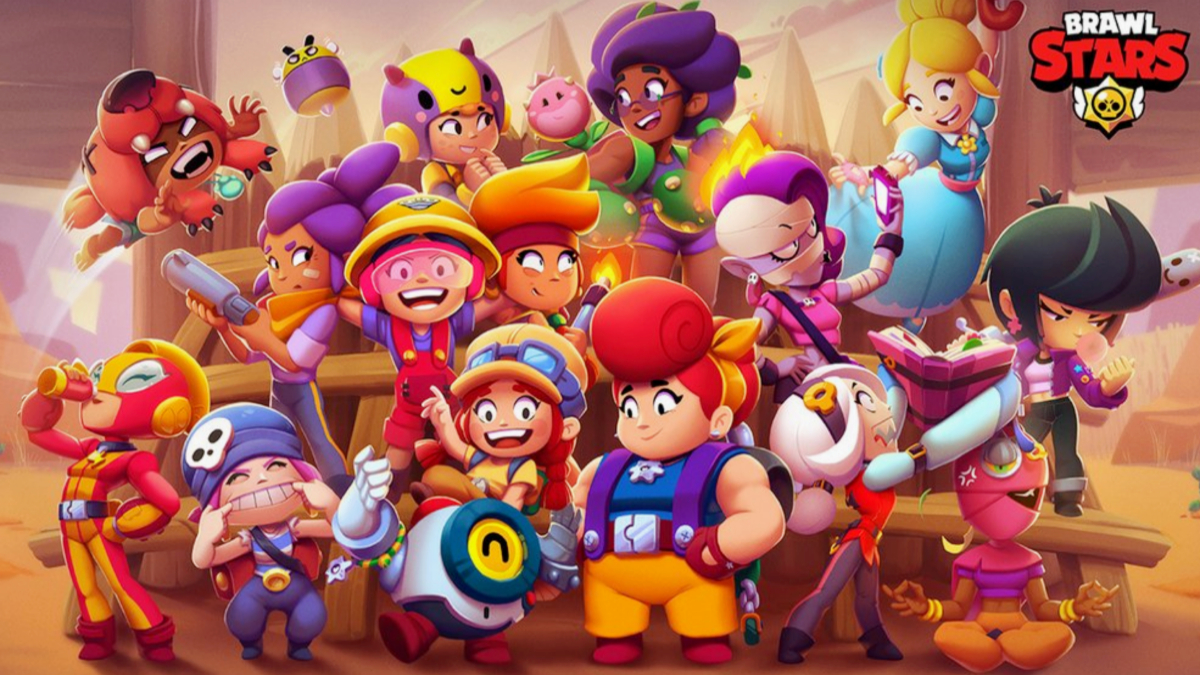
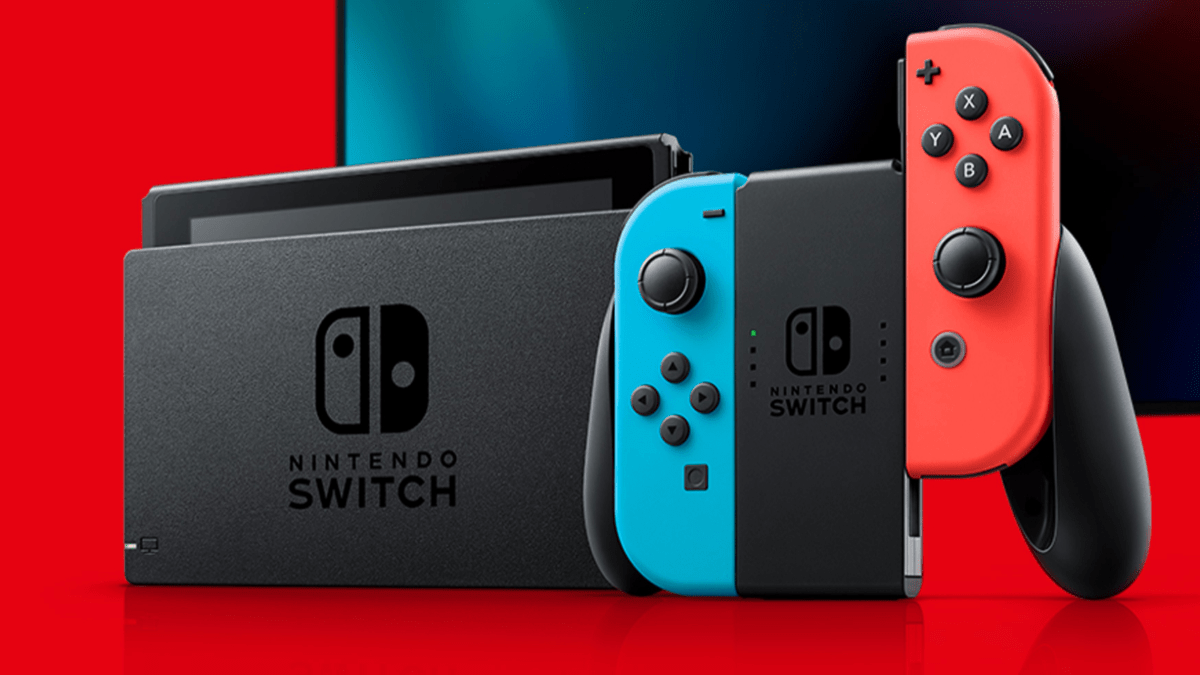
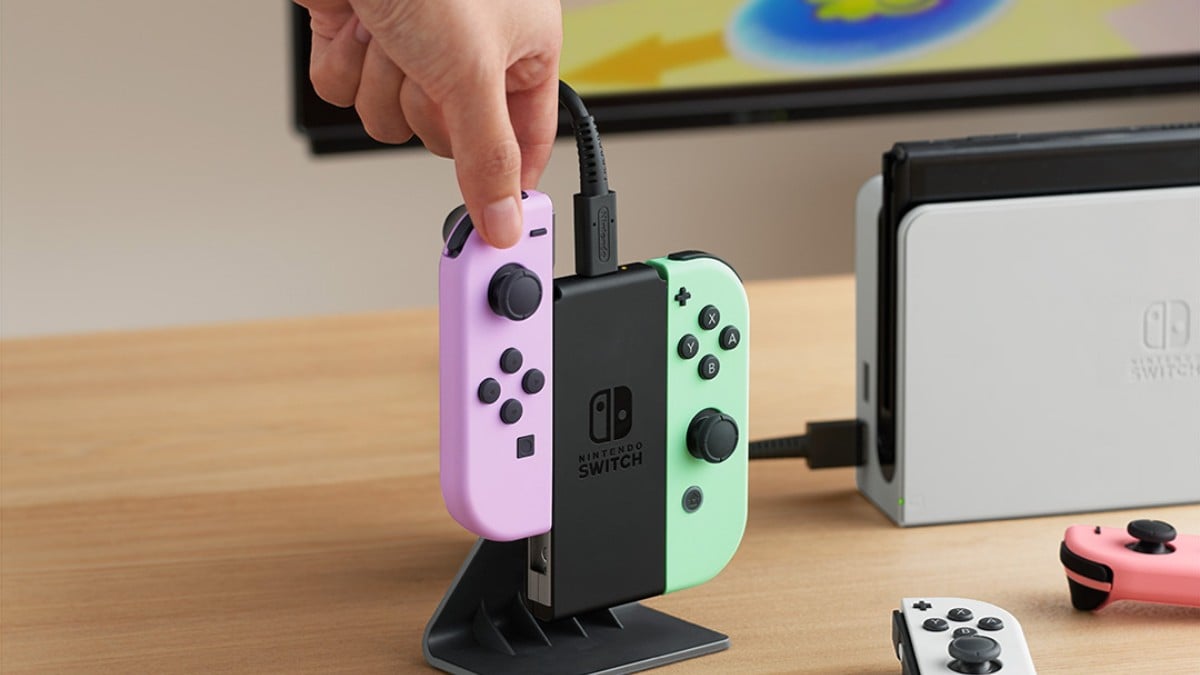
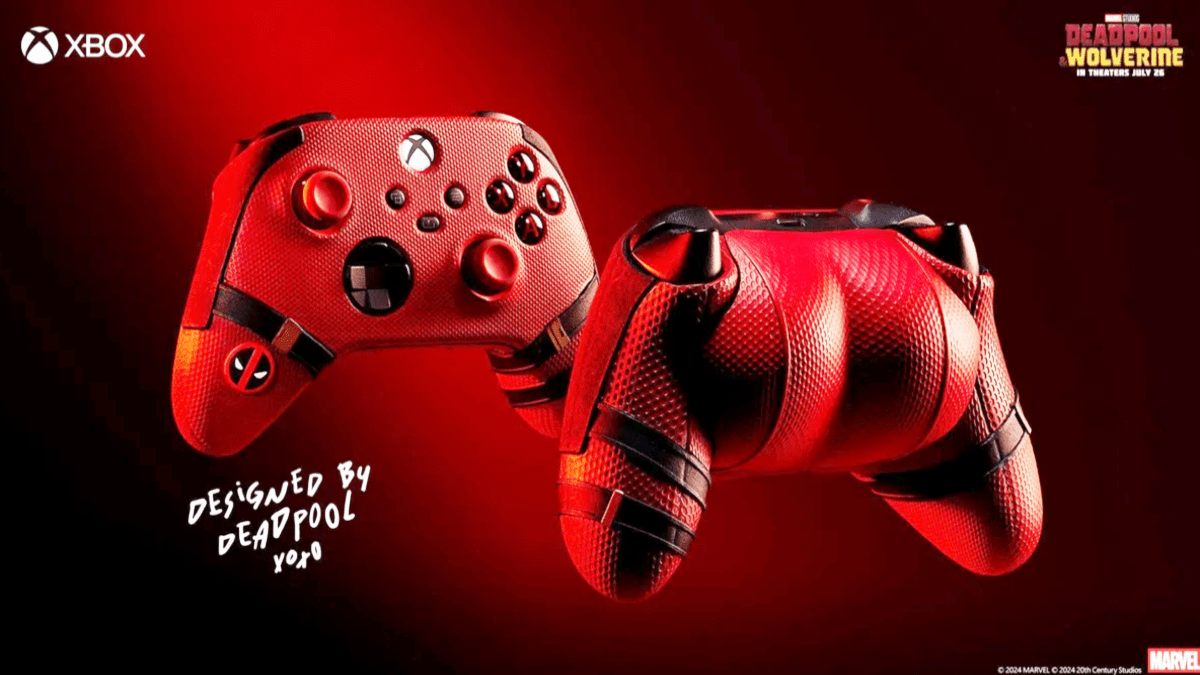
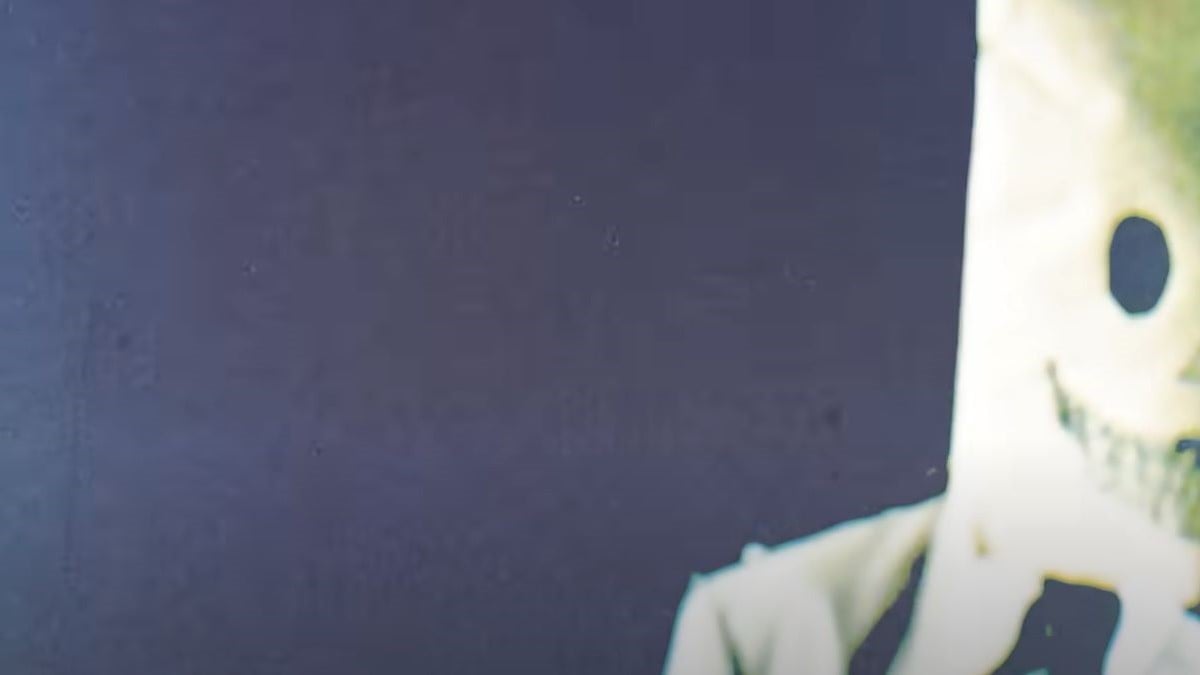
Published: Nov 27, 2011 10:50 pm